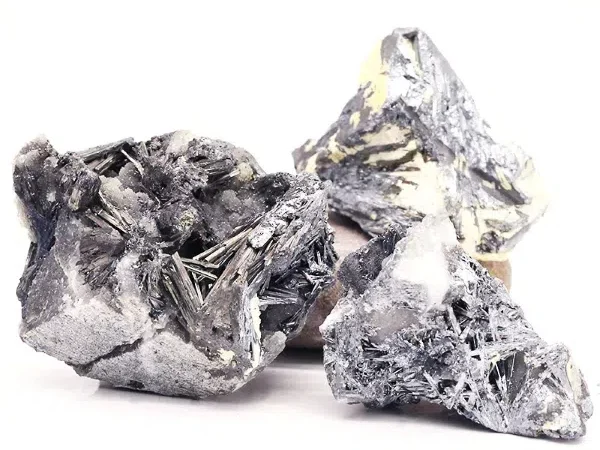
1. Introduction
The reaction between Silver sulfide (\(Ag_2S \)) and Sodium cyanide (\(NaCN \)) has significant implications in various fields, especially in the extraction of silver from its ores. Understanding this reaction is crucial for optimizing industrial processes and for a deeper comprehension of chemical equilibria and kinetics in complex systems.
2. Reaction Principles
2.1 Chemical Equation
The reaction between silver sulfide and Sodium Cyanide can be represented
b the following chemical equation in the presence of air:\(2Ag_2S + 8NaCN + O_2 + 2H_2O = 4Na[Ag(CN)_2] + 4NaOH + 2S\)
In this reaction, silver sulfide reacts with sodium cyanide. The silver in silver sulfide forms a complex ion, silver cyanide complex ion \([Ag(CN)_2]^{-} \), while the sulfur in silver sulfide is oxidized to elemental sulfur. The oxygen in the air participates in the reaction, acting as an oxidizing agent.
2.2 Complex Ion Formation
Silver has a strong tendency to form complex ions with cyanide ions. The formation of \([Ag(CN)_2]^{-} \) is driven by the high stability of this complex ion. The equilibrium constant for the formation of \([Ag(CN)_2]^{-} \) is relatively large, which means that the reaction of silver ions with cyanide ions to form this complex is highly favorable. The complex ion \([Ag(CN)_2]^{-}\) is more soluble in water compared to silver sulfide, which is insoluble. This solubility difference is a key factor in the overall reaction process.
2.3 Oxidation of Sulfur
The sulfur in silver sulfide is in the -2 oxidation state. During the reaction with sodium cyanide in the presence of air, the sulfur is oxidized. The oxygen from the air provides the oxidizing power. The oxidation of sulfur from -2 to 0 (elemental sulfur) is an important part of the reaction mechanism. The reaction pathway for the oxidation of sulfur involves a series of electron - transfer steps, which are closely related to the overall reaction rate and the formation of products.
3. Reaction Conditions
3.1 Thermodynamic Considerations
Thermodynamically, the direct reaction of silver sulfide with sodium cyanide without the presence of an oxidizing agent such as air has a positive Gibbs free energy change (\(\Delta G>0\)). This indicates that the reaction is not spontaneous under standard conditions. The equilibrium constant (\(K\)) for the reaction \(Ag_2S + 4NaCN\rightleftharpoons 2Na[Ag(CN)_2]+Na_2S\) is relatively small. However, when oxygen is introduced, the overall reaction becomes spontaneous. The oxidation of sulfur by oxygen provides the driving force to overcome the non - spontaneity of the initial reaction between silver sulfide and sodium cyanide.
3.2 Concentration Requirements
For the reaction to proceed effectively, a sufficient concentration of sodium cyanide is required. Since silver sulfide is insoluble in water, a high concentration of cyanide ions is needed to complex with the silver ions that are slowly released from silver sulfide. Calculations have shown that for \(0.1mol\) of \(Ag_2S\) to dissolve in \(1L\) of \(NaCN\) solution, the minimum concentration of \(NaCN\) required is approximately \(12.97mol/L\). This high concentration requirement is due to the low solubility of silver sulfide and the need to shift the equilibrium of the complex - formation reaction towards the formation of the silver - cyanide complex ion.
3.3 Temperature and Pressure
Although the reaction between silver sulfide and sodium cyanide can occur at room temperature, an increase in temperature can generally accelerate the reaction rate. Higher temperatures increase the kinetic energy of the reactant molecules, leading to more frequent and energetic collisions. However, extremely high temperatures may also cause side reactions, such as the decomposition of cyanide compounds. Pressure does not have a significant direct impact on this reaction under normal conditions, as it is a reaction in an aqueous solution and not a gas - phase reaction where pressure changes would have a more pronounced effect.
4. Reaction Kinetics
4.1 Determination of Reaction Rate
The reaction rate of silver sulfide with sodium cyanide can be determined through experimental methods. By measuring the change in the concentration of reactants (such as silver sulfide or sodium cyanide) or products (such as the silver - cyanide complex ion or sulfur) over time, the reaction rate can be calculated. For example, in a batch reactor experiment, samples can be taken at regular intervals, and the concentration of the silver - cyanide complex ion in the solution can be measured using analytical techniques such as spectrophotometry or ion - selective electrodes. The rate of formation of the silver - cyanide complex ion is then used to calculate the overall reaction rate.
4.2 Rate - Determining Steps
The reaction mechanism of silver sulfide cyanidation is complex and involves multiple steps. The rate - determining step is likely the slowest step in the reaction sequence. One of the key steps is the dissolution of silver sulfide, which involves the release of silver ions and sulfur ions. The complexation of silver ions with cyanide ions is relatively fast compared to the dissolution of silver sulfide. The oxidation of sulfur by oxygen also plays an important role in the overall reaction rate. If the supply of oxygen is limited, it may become a rate - determining factor. In addition, the diffusion of reactant molecules (such as cyanide ions and oxygen) to the surface of the silver sulfide particles can also affect the reaction rate, especially in cases where the particle size of silver sulfide is large.
4.3 Mathematical Modeling
Mathematical models have been developed to describe the reaction kinetics of silver sulfide cyanidation. One commonly used model is the shrinking - core model. This model assumes that the reaction occurs at the surface of the solid silver sulfide particle, and as the reaction proceeds, the core of the unreacted silver sulfide shrinks. The model takes into account factors such as the diffusion of reactants through the product layer (sulfur and other reaction products that may form on the surface of the silver sulfide particle), the chemical reaction rate at the surface, and the complexation equilibrium in the solution phase. By using this model, predictions can be made about the reaction rate under different conditions, such as varying concentrations of sodium cyanide and oxygen, particle size of silver sulfide, and temperature. The experimental results have generally been found to be in good agreement with the predictions of such mathematical models.
5. Applications
5.1 Silver Extraction from Ores
The reaction between silver sulfide and sodium cyanide is widely used in the mining industry for the extraction of silver from sulfide ores. In a typical cyanidation process, the crushed silver - bearing ore is treated with a dilute solution of sodium cyanide. The silver sulfide in the ore reacts with sodium cyanide to form the soluble silver - cyanide complex. After the reaction, the solution containing the silver - cyanide complex is separated from the solid residue. The silver can then be recovered from the solution through various methods, such as reduction with a suitable reducing agent (e.g., zinc dust). This process is highly efficient and is one of the most commonly used methods for large - scale Silver extraction.
5.2 Environmental Considerations
However, the use of sodium cyanide in the silver extraction process raises environmental concerns. Cyanide is a highly toxic substance, and any leakage or improper disposal of cyanide - containing solutions can have severe environmental impacts. Therefore, strict environmental regulations are in place to ensure the safe handling and disposal of cyanide in the mining industry. Many mining companies are also developing alternative methods to reduce the use of cyanide or to treat cyanide - containing waste more effectively. Despite these challenges, the reaction between silver sulfide and sodium cyanide remains an important process in the silver mining industry due to its high efficiency in silver extraction.
6. Conclusion
The reaction between silver sulfide and sodium cyanide is a complex chemical process with significant applications in the extraction of silver. Understanding the reaction principles, conditions, kinetics, and applications is essential for optimizing industrial processes and for addressing environmental concerns associated with the use of cyanide. Further research in this area may focus on developing more efficient reaction conditions, improving the selectivity of the reaction, and finding alternative methods to replace or reduce the use of cyanide in silver extraction.
- Random Content
- Hot content
- Hot review content
- Oxalic acid for mining 99.6%
- High-precision Delay Element( 25ms- 10000ms)
- Calcium Peroxide 60% Assay Yellowish Tablet
- Potassium borohydride
- Toluene
- Antimonium Tartrate Potassium
- Food Grade Heavy Light Precipitated Calcium Carbonate Powder Granular 99%
- 1Discounted Sodium Cyanide (CAS: 143-33-9) for Mining - High Quality & Competitive Pricing
- 2Sodium Cyanide 98% CAS 143-33-9 gold dressing agent Essential for Mining and Chemical Industries
- 3Sodium Cyanide 98%+ CAS 143-33-9
- 4Anhydrous Oxalic acid 99.6% Industrial Grade
- 5Oxalic acid for mining 99.6%
- 6Soda Ash Dense / Light 99.2% Sodium Carbonate Washing Soda
- 7Reagent Grade/Industrial Grade Hydrochloric Acid min.31%
- 1Sodium Cyanide 98% CAS 143-33-9 gold dressing agent Essential for Mining and Chemical Industries
- 2High Quality 99% Purity of Cyanuric chloride ISO 9001:2005 REACH Verified Producer
- 3 High-Quality Sodium Cyanide for Leaching
- 4Powdery emulsion explosive
- 5Industry Grade Electron grade 98% Sulfuric Acid H2SO4 Sulphuric Acid Battery Acid Industrial Sulfuric Acid
- 6Colloidal emulsion explosive
- 7sodium hydrosulfide 70% flakes used Mining Industry


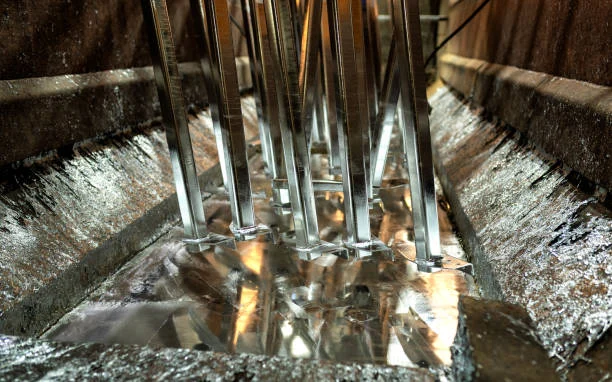
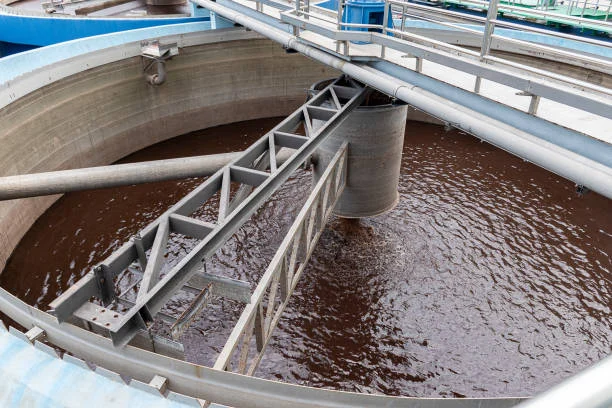
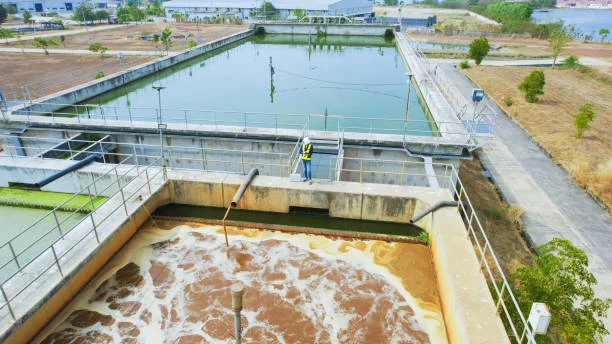

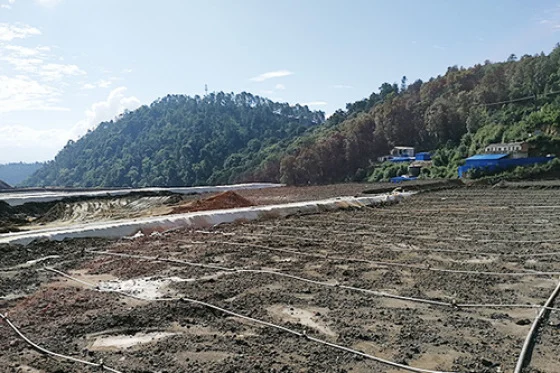
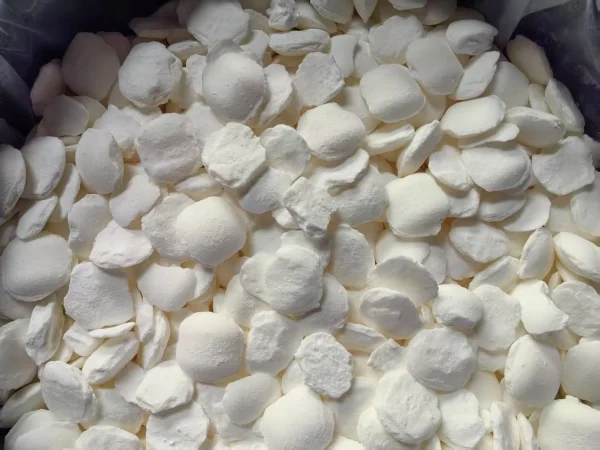
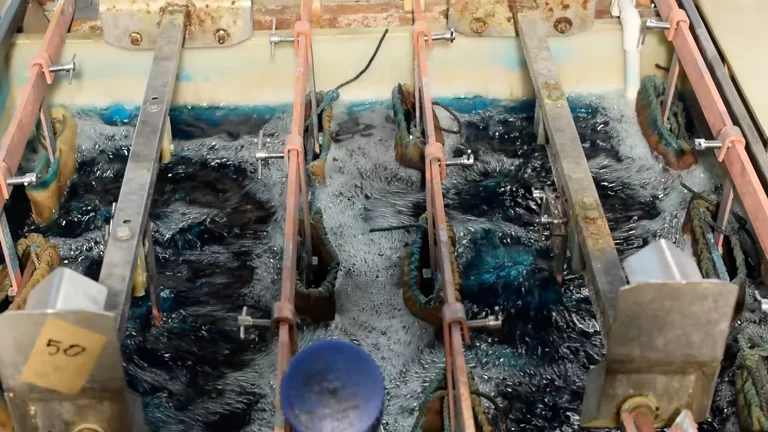



Online message consultation
Add comment: